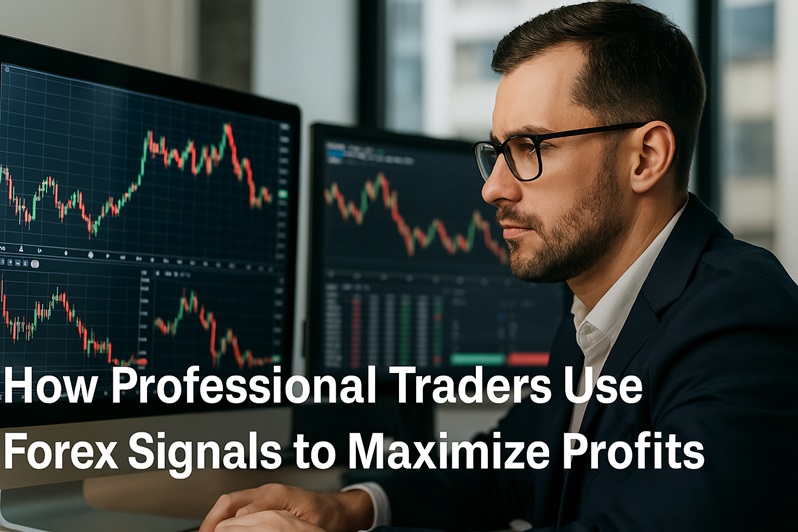
While Forex trading may appear unpredictable and overwhelming to many, professional traders often rely on strategic tools to stay ahead of the curve. One of the most effective tools in their arsenal is Forex signals. These actionable trade alerts help traders make informed decisions, optimize entry and exit points, and maintain consistency. But how do the pros really use them to their advantage? In this post, we explore the disciplined, analytical ways professionals leverage Forex signals to boost profitability.
The Role of Forex Signals in a Professional Trading Strategy
Professional traders don’t treat Forex signals as shortcuts or “copy-paste” solutions. Instead, they use them as an additional layer of validation. Before placing a trade, a seasoned trader typically evaluates whether the signal aligns with their broader market view, technical indicators, or macroeconomic trends. This dual-confirmation approach minimizes emotional decision-making and increases the probability of success.
Moreover, many professionals subscribe to premium signal services that are backed by in-depth market research and real-time analytics. These signals often include detailed explanations and risk management parameters, allowing traders to incorporate them into larger portfolios or automated trading systems with confidence.
Integration with Risk and Portfolio Management
Signals alone don’t lead to consistent profits—it’s how they’re managed that makes the difference. Pro traders use signals within strict risk frameworks. This includes applying precise position sizing, setting stop-losses and take-profits, and limiting exposure across correlated pairs. When a signal fits within their capital management rules, they execute it with discipline, avoiding emotional overreactions.
Additionally, professionals often use signals to complement diversification strategies. By integrating signal-based trades into various timeframes or asset classes, they spread risk while maintaining a high level of control. This portfolio-based approach is a major reason why experienced traders can consistently scale their profits.
Timing and Selectivity in Signal Execution
Unlike beginners who may act on every signal, professional traders are highly selective. They consider the timing of a signal—whether it’s during a high-volume session, near key economic releases, or at major support/resistance levels. They also assess the context: Is the market trending or ranging? Does the signal suggest a breakout or reversal?
Through experience, pros know that even good signals can fail in the wrong context. This refined selectivity ensures that trades are not only based on data but also on situational awareness. Over time, this sharpens execution quality and leads to better performance.
Conclusion
Professional Forex traders use signals as a strategic advantage, not a dependency. By integrating signals into broader trading frameworks, emphasizing risk control, and applying context-based judgment, they turn alerts into results. If you aim to elevate your trading game, it’s not about using more signals—but about using them smarter, with the mindset and discipline of a professional.
FAQs
Are Forex signals suitable for professional traders?
Yes, but they are used as confirmation tools within a broader trading plan, not as standalone instructions.
Do pros use automated systems for signal trading?
Many do, especially when signals are backed by quantitative models or are time-sensitive.
How do professionals manage risk with signals?
They apply strict risk parameters including position sizing, diversification, and predefined stop-losses.
Can Forex signals help build trading confidence?
Absolutely—when used properly, signals reinforce structure and improve decision-making clarity.
Should beginners use the same approach?
Yes, adopting a professional mindset from the start encourages discipline and long-term success.
